Chordata

Humpback Whale
Megaptera Novaeangliae


5 POINTS
PLAY: The Acorn Barnacle is a suspension feeder, extracting food from the water.
FACT: Acorn Barnacle produce a brown glue that fastens it to a hard surface.

European Saber-Toothed Cat
Homotherium latidens

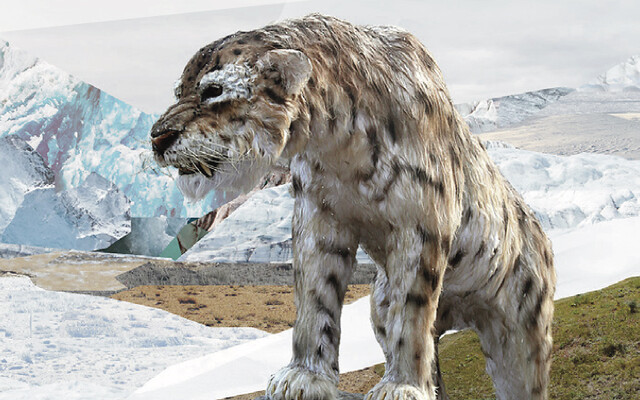
EXTINCT | 8 POINTS
PLAY: Move of 2. The card may be put next to all sizes of herbivores.
FACT: The European saber-toothed cats are often wrongly called “saber-toothed tigers”. Saber-toothed cats belong to their own genus.

Woolly Mammoth
Mammuthus primigenius

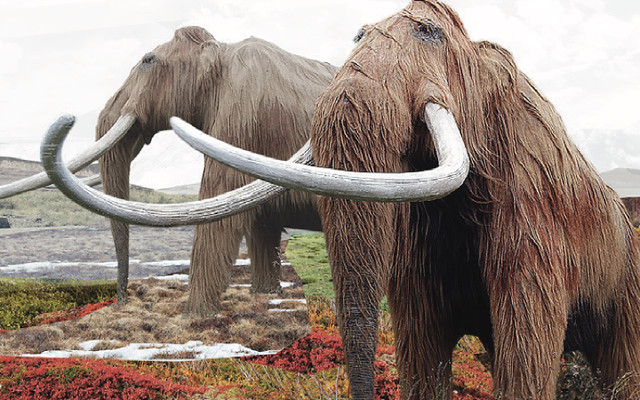
EXTINCT | 4 POINTS
PLAY: Move of 1
FACT: The mammoth’s tusks grow throughout life of the mammoth. By counting the growth rings at the thickest point, one can find out how old the mammoth was. They grew about 10 to 20 cm each year.

Woolly Rhino
Coelodonta antiquitatis

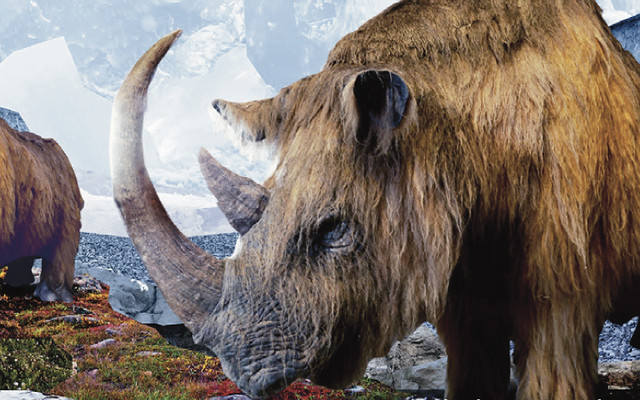
EXTINCT | 4 POINTS
PLAY: Move of 1
FACT: When horns from woolly rhinos were found in Russia during the 19th century, many believed they were the claws of giant birds, because they were found apart from the rest of the body.

American Lion
Panthera atrox

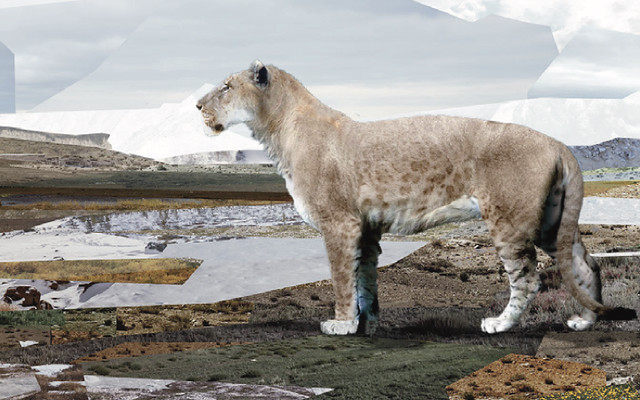
EXTINCT | 9 POINTS
PLAY: Move of 1. The card may be put next to all sizes of herbivores.
FACT: The American lion was much larger than the present African lion. It is related to the Cave lion.

Dire Wolf
Canis dirus

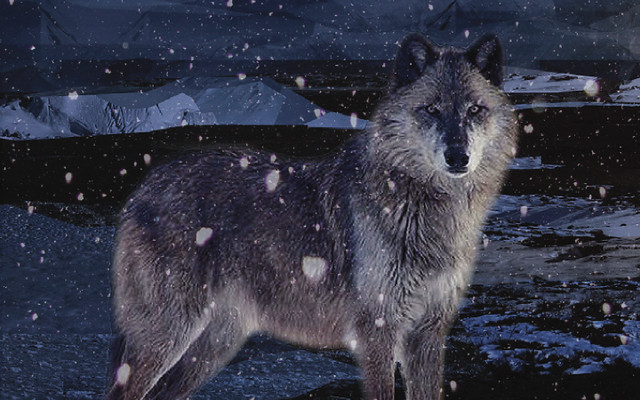
EXTINCT | 7 POINTS
PLAY: Move of 3. The card may be put next to all sizes of herbivores.
FACT: The dire wolf lived in North America og is more closely related to the coyote than to the grey wolf.